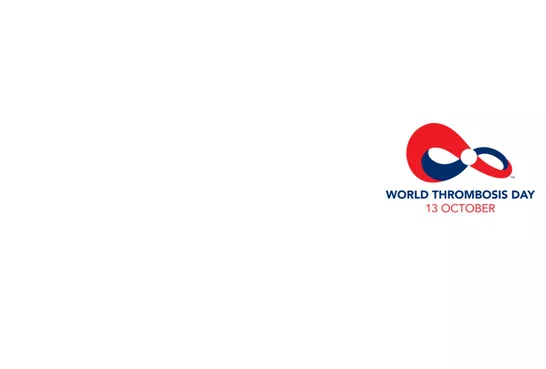
Recognised on October 13th, World Thrombosis Day (WTD) focuses attention on the often overlooked and misunderstood condition of thrombosis.
With thousands of educational events in countries around the world, World Thrombosis Day and its partners place a global spotlight on blood clots as an urgent and growing health problem.
Their mission supports the World Health Assembly global target of reducing premature deaths by non-communicable disease by 25 percent by 2025, as well as the World Health Organization’s 13th General Programme of Work 2019–2023, the Montevideo Roadmap 2018-2030 on NCDs and the Political Declaration of UNGA’ Third High-level Meeting on NCDs. (1)
What is Thrombosis?
Thrombosis is the formation of a blood clot in a blood vessel. The vessel may be any vein or artery, such as in a deep vein thrombosis (venous) or a coronary artery (arterial). Any clot that forms in a blood vessel is called a “thrombus.”
Once formed, a venous thrombus can slow or block normal blood flow, and even break loose and travel round the body through the vessels. A clot that travels to the circulation is called an embolism. Thrombosis is the often-preventable underlying pathology of heart attack, thromboembolic stroke, and venous thromboembolism (VTE), the top three cardiovascular killers.
Thrombosis is normally categorized by where it occurs in the body. The two types of thrombosis are venous and arterial, depending on whether the clot develops in the vein or an artery. Both are influenced by acquired or inherited risk factors, although the risk factors are different for each. (2)
Global Objectives - Working together to save lives
To get involved and view the official events page of the World Thrombosis Day 10th anniversary campaign, click here
To find out more, click here
References